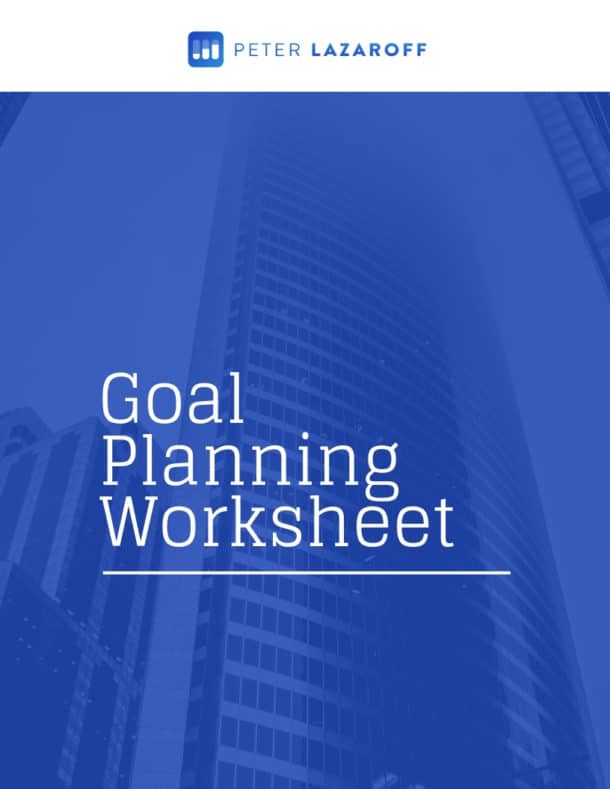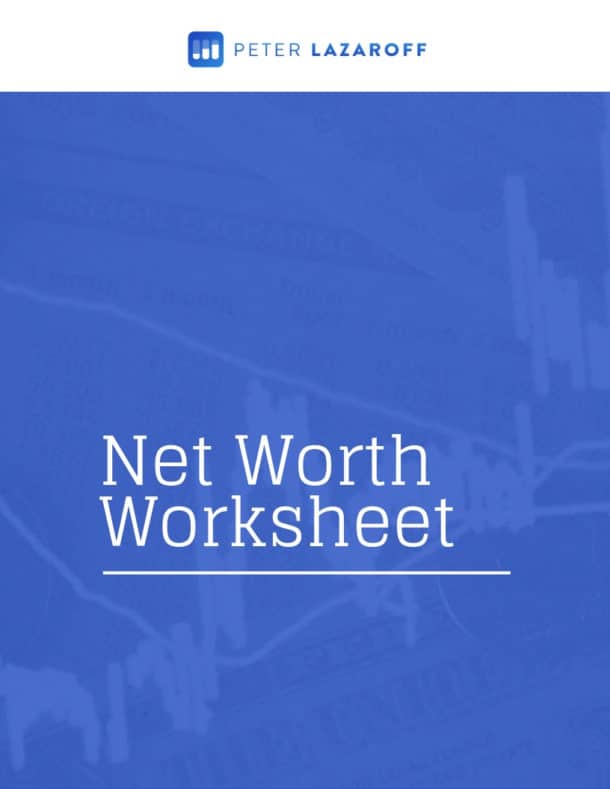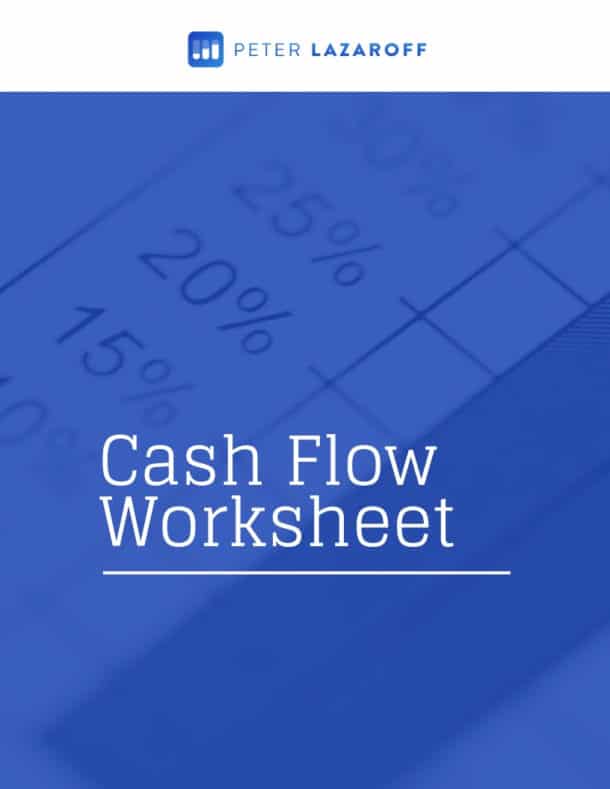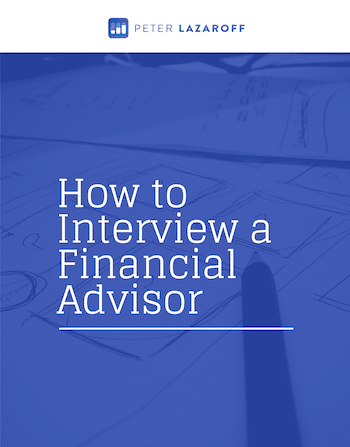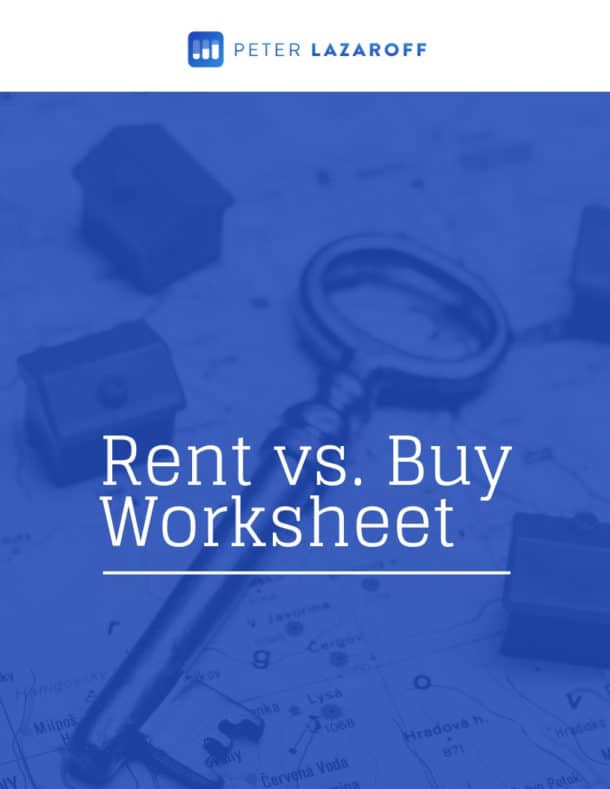Listen Now
I’ve been traveling quite a bit the past few weeks—flying to all corners of the country for a wide variety of reasons. And truthfully, I’ve probably traveled more than the average person ever since I was a kid. An extraordinarily diverse set of locations, planes, seating arrangements, and weather conditions. So I can confidently say I’m an experienced flier.
But on my most recent trip, we hit a patch of turbulence while flying above the Rocky Mountains. The pilot had warned us it was likely, so it wasn’t really a surprise. And as expected, the pilot’s calm voice soon came on the speaker, reassuring us that the turbulence was routine and temporary.
Even still, despite all my flying experience, the moment the turbulence hit, I found myself tensing up. It didn’t use to be this way. As a kid, turbulence never fazed me in the slightest. And even now, I wouldn’t exactly say I’m nervous about crashing—but I suppose having a wife and children now has activated some primitive instinct that makes my mind jump to, “What would it be like if the plane crashes?”
With nearly two decades of coaching clients through market turbulence, it’s easy for me to draw a connection to investing.
Even the most seasoned investors tense up during moments of market turbulence. They’ve experienced cycles before and understand it’s simply part of the cost of earning higher long-term returns. But because each downturn comes with its own unique narrative, each period of volatility affects different groups of investors differently.
In this most recent market decline, it was clear that those nearing retirement—or having recently retired—felt most uncomfortable with the turbulence. Much like my experience in the airplane, these investors recognize on some level that market volatility is normal, temporary, and something a thoughtfully designed financial plan can handle. But that recognition alone doesn’t always ease the anxiety they feel.
So in today’s episode, I want to talk through exactly what you can do when you’re close to retirement and the market feels crazy.
But before we jump in, I want to quickly point you to the link at the top of the episode description in your podcast app. It’s an opportunity to sign up for my email newsletter, where
I’ll soon be making a big announcement. Be sure to sign up so you don’t miss out—and feel free to hit ‘Reply’ to any email you receive from me. I read and respond to every email, and connecting directly with listeners is genuinely one of the most enjoyable parts of doing this show.
Now, let’s dive into a few insights I have for people nearing retirement during a period of market turmoil.
Sign up for my newsletter so you can easily reply to my emails with your thoughts or questions for the podcast:
Understanding the Difference Between the Market and Your Portfolio
First, it’s crucial to remember that “the market” and “your portfolio” aren’t the same thing. In 2025 alone, we’ve already seen a significant market roller coaster—at one point, down nearly 20% from its recent peak, and yet, as of today, we’re only a few percentage points down year-to-date. Headlines scream volatility, but your portfolio is likely a thoughtful mix of stocks, bonds, and ideally, cash.
This distinction matters because bonds frequently offer stability when stocks experience declines. For example, looking at historical data, bonds provided positive returns during notable market downturns like 2008, 2018, and early 2020—helping cushion portfolio losses. And cash, of course, doesn’t lose money on a nominal basis.
Another layer of protection comes from international diversification. This latest bout of volatility, for instance, didn’t impact non-U.S. stocks in quite the same way. In fact, during many periods when U.S. stocks struggle, having exposure to international stocks can help improve your overall returns.
I explored this idea in greater detail earlier this year in a piece called The Hidden Risks of U.S. Stocks and Why Global Diversification Still Matters. If you missed it, I highly encourage you to check it out, as it underscores just how important a globally diversified approach can be, especially as you approach retirement.
So, when you hear alarming headlines about the “market,” pause for a moment and remind yourself that the headlines aren’t describing your entire portfolio—they’re just describing one piece of it. Staying grounded in this perspective can make all the difference in navigating market volatility with confidence.
The Costly Retirement Mistake You Must Avoid
Another important consideration as you approach retirement, or if you’ve recently retired, is that you don’t need to tap your entire portfolio all at once.
While this might seem obvious, I’ve found that some investors overly focus on short-term losses, inadvertently shrinking their mental time horizon. As a result, they mistakenly feel their entire financial future is immediately at risk.
Certainly, there are potential long-term implications if you experience a prolonged decline right at the start of retirement. However, the reality is you’re only withdrawing enough to cover your current year’s living expenses—not your entire portfolio.
But if you want some insurance against the situation where the market declines right as you just start making portfolio withdrawals in retirement,
Here’s where careful preparation becomes invaluable. Ideally, you should enter retirement with one to two years’ worth of living expenses in cash. Having this cash cushion allows you to comfortably cover immediate spending needs during market downturns without needing to sell investments at depressed prices. Consequently, your portfolio is afforded the necessary time to recover, safeguarding your long-term financial security.
If you haven’t yet set aside enough cash, consider prioritizing this step as you review your financial plan. If immediately building a cash reserve isn’t feasible, another prudent strategy could involve relying first on your bond holdings to avoid selling stocks at low valuations.
However, this requires considerable discipline to avoid slipping into market timing, which can be emotionally challenging and financially harmful.
Always keep in mind that market turbulence is temporary. Having a structured withdrawal strategy—supported by cash or stable bonds—helps protect both your financial security and peace of mind throughout retirement.
Why Your Retirement Requires a Long-Term View and Expert Guidance
When markets turn volatile, retirees often instinctively shorten their mental time horizon, thinking, “I’m retiring soon; I can’t afford a downturn right now.” Yet, realistically, your retirement may last several decades. If you’re retiring around age 65, actuarially speaking, you could easily have another 20 years ahead—and even longer if you’re also thinking about the wealth you want to leave to future generations.
Maintaining this long-term perspective is crucial because it helps steady your emotions and allows your financial plan to function as intended. However, managing this perspective becomes more complex as you transition from accumulation to decumulation—the phase when you begin to withdraw from your investments.
Think of accumulation as climbing a mountain. The path upward—saving consistently, investing regularly, and letting compound interest do the heavy lifting—is clear and well-trodden. But the descent—decumulation—is entirely different. Gravity works against you differently, footing is trickier, and new risks emerge. You need to carefully navigate taxes, optimize withdrawal strategies, and effectively balance short-term spending needs against long-term financial stability.
Due to these complexities, the decumulation phase often significantly increases the value of professional financial guidance. An experienced advisor can help you manage your withdrawals, navigate tax implications, and maintain a disciplined approach to asset allocation, ensuring your retirement strategy remains robust even during turbulent market conditions.
If you found today’s episode helpful, please take a moment to rate and review the podcast. Your feedback not only helps me improve but also helps others discover and benefit from the show. Thank you for listening—I truly appreciate your support!
Resources:
The Long Term Investor audio is edited by the team at The Podcast Consultant
Submit Your Question For the Podcast
Do you have a financial or investing question you want answered? Submit your question through the “Ask Me Anything” form at the bottom of my podcast page.
Support the Show
Thank you for being a listener to The Long Term Investor Podcast. If you’d like to help spread the word and help other listeners find the show, please click here to leave a review.
I read every single one and appreciate you taking the time to let me know what you think.
Free Financial Assessment
Do you want to make smart decisions with your money? Discover your biggest opportunities in just a few questions with my Financial Wellness Assessment.

Disclosure: This content, which contains security-related opinions and/or information, is provided for informational purposes only and should not be relied upon in any manner as professional advice, or an endorsement of any practices, products or services. There can be no guarantees or assurances that the views expressed here will be applicable for any particular facts or circumstances, and should not be relied upon in any manner. You should consult your own advisers as to legal, business, tax, and other related matters concerning any investment.
The commentary in this “post” (including any related blog, podcasts, videos, and social media) reflects the personal opinions, viewpoints, and analyses of the Plancorp LLC employees providing such comments, and should not be regarded the views of Plancorp LLC. or its respective affiliates or as a description of advisory services provided by Plancorp LLC or performance returns of any Plancorp LLC client.
References to any securities or digital assets, or performance data, are for illustrative purposes only and do not constitute an investment recommendation or offer to provide investment advisory services. Charts and graphs provided within are for informational purposes solely and should not be relied upon when making any investment decision. Past performance is not indicative of future results. The content speaks only as of the date indicated. Any projections, estimates, forecasts, targets, prospects, and/or opinions expressed in these materials are subject to change without notice and may differ or be contrary to opinions expressed by others.
Please see disclosures here.









